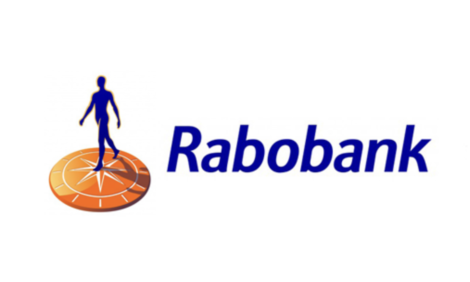



Processing Methods Improve Pigs' Digestion of Industrial Co-Products
US - Scientists at the University of Illinois using co-products from the ethanol and human food industries are helping shed light on ways processing high-fibre animal feed ingredients can enhance pigs' utilisation of the nutrients and energy they contain.The co-products from these industries typically contain more fibre than the standard corn-soybean meal diet.
"It is possible that the benefits of extrusion and pelleting are greater in high-fibre diets than in low-fibre diets. We set out to test that hypothesis," said Hans H. Stein, professor of animal sciences at Illinois."
Prof Stein and his team tested effects of extrusion, pelleting, or extrusion and pelleting: using a low-fibre diet based on corn and soybean meal; a medium-fibre diet containing corn, soybean meal, and 25 per cent distillers dried grains with solubles (DDGS); and a high-fibre diet containing corn, soybean meal, 25 per cent DDGS, and 20 per cent soybean hulls.
Each diet was divided into four batches. One batch was fed in meal form, one was pelleted at 85 degrees C, one was extruded at 115 degrees C, and the fourth was extruded at 115 degrees C and then pelleted at 85 degrees C.
"Regardless of the concentration of fibre in the diet, pelleting, extrusion, and pelleting plus extrusion increased the digestibility of indispensable amino acids relative to feeding in meal form," Prof Stein says.
"For most indispensable amino acids, extrusion or extrusion combined with pelleting provided a greater increase than pelleting alone."








